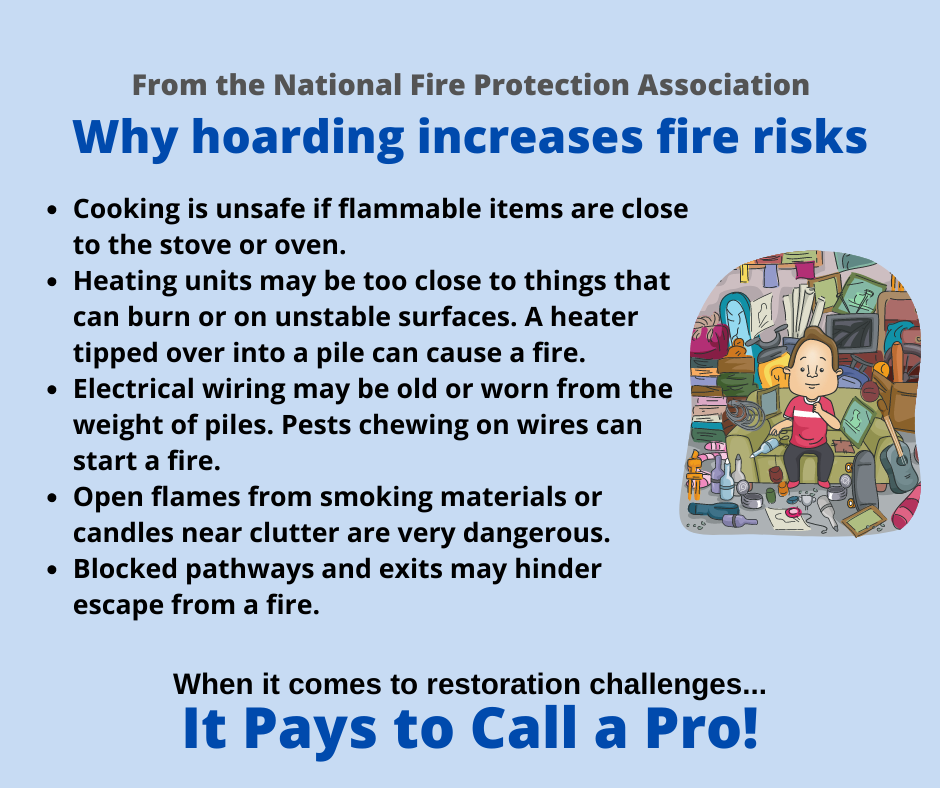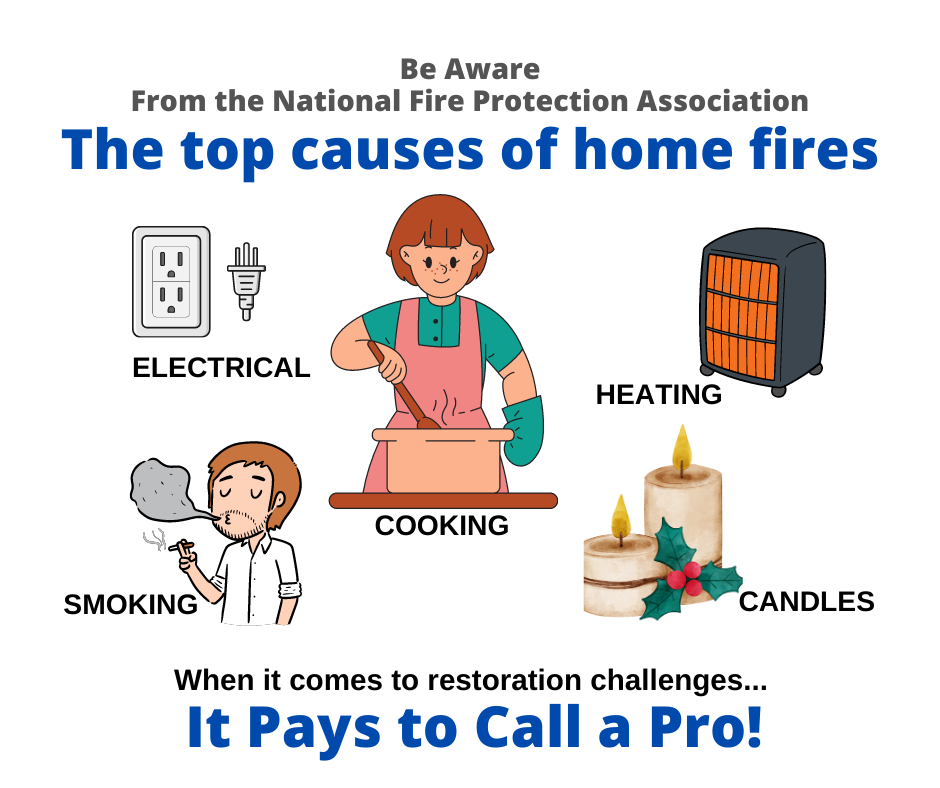|
How Condensation Works
While most don’t worry too much about it, condensation can damage surfaces in your home. Understanding how it works and then dealing with it will protect your home from unexpected damage. How does it happen? Condensation occurs when moist, warm air cools down and can no longer hold all the water vapor it contains, causing that moisture to condense into water droplets and land on surfaces. Here is a quick guide to how condensation works: Temperature Difference: Condensation typically occurs when there is a temperature difference between indoor air and a surface. Think of how moisture builds up on the inside of a window. Even when you can’t easily see it, this type of condensation can occur. Dew Point: This is the temperature at which air becomes saturated or full of moisture and can no longer hold all the water vapor. When the temperature drops below the dew point, condensation forms on surfaces. Water Droplet Formation: As warm, humid air meets a colder surface, it loses heat to that surface. This causes the air temperature near the surface to drop below its dew point, which means water droplets will form on the surface. Effects on Surfaces in Homes Condensation on windows is a common occurrence during colder months. It can lead to water droplets on the glass, which, if not addressed, can create moisture-related issues. Prolonged condensation on windows can contribute to mold and mildew growth, damage to window sills, and even wood rot in severe cases. Condensation on interior walls and ceilings can result in water stains and discoloration, which can be tough to remove. Over time, it can lead to mold, which many consider a health concern, in addition to the damage mold can do to materials. Attics and crawlspaces can also be affected. In areas with poor ventilation, condensation can accumulate. This can damage insulation, wooden structures, and roof materials, potentially leading to costly repairs. Basements are a big concern as condensation can lead to dampness, water damage, and mold growth. It can also affect stored belongings and cause an unpleasant odor. Preventing condensation and addressing it promptly can help maintain the structural integrity and overall comfort of your home while minimizing the risk of moisture-related issues. If you have any questions or concerns about any moisture issue, especially after a flood in your home, do the right thing and call your favorite restoration company. After all, it pays to call a pro! How Freezing Works
It’s winter. And it’s cold out — in many parts of the country, anyway. With winter comes freezing. It’s a phenomenon that occurs routinely. The science of freezing is a fascinating process governed by physical and biological factors that profoundly impact the environment. And freezing can really make a bad situation for your home if the temperature drops low enough. Just like in your kitchen freezer, water plays a central role in the freezing process in nature. Water freezes at its familiar temperature of 0°C (32°F) under normal atmospheric pressure. However, in essence, variables like altitude, salinity, and the presence of impurities can affect this freezing point, resulting in unique and diverse freezing scenarios. What it does to your home 1. Burst pipes: Burst pipes are the most common problem associated with freezing. As water freezes inside a pipe, the pressure builds up between the ice blockage and the closed faucet downstream. Eventually, this pressure can cause the pipe to rupture. 2. Cracked fixtures: Plumbing fixtures like faucets, valves, and even the toilet tank can crack when water freezes and expands. These cracks can lead to leaks, reduced water pressure, and the need for costly repairs or replacements. 3. Blockages: Ice can also create blockages within pipes. Even if a pipe doesn't burst, a partial or complete blockage can occur, causing reduced or no water flow through the affected pipe. This can disrupt water supply and drainage systems in your home. 4. Damage to outdoor plumbing: Exterior plumbing components, such as outdoor faucets, hoses, and sprinkler systems, are particularly vulnerable to freezing temperatures. Water left inside these fixtures or pipes during the winter can freeze and cause them to crack or burst when the ice expands. 5. Weakening of pipe material: Repeated freezing and thawing cycles can weaken the structural integrity of pipes over time. This can increase the risk of future leaks and plumbing failures, even if the lines don't burst immediately. To prevent freezing-related plumbing problems, it's essential to take proactive measures during cold weather, such as insulating pipes, keeping a trickle of water flowing when it is really cold, sealing gaps and cracks, and more. But if something does happen and you have water damage from frozen pipes or other disastrous issues, do the right thing. Call your favorite restoration company. After all, it pays to call a pro! How Deductibles Work
Homeownership entails numerous responsibilities, one of which includes navigating the world of insurance policies and the subtle nuances within them. Central to understanding your homeowners' insurance policy is a mastery of the different types of deductibles: Standard and percentage deductibles, each catering to other aspects of coverage. Standard deductibles Standard deductibles are fixed amounts, typically from $500 to $2,000 and more, representing what you'll pay out-of-pocket for most insurance claims. Regardless of the damage cost, this amount remains constant. However, specific claims are more peculiar and necessitate a different kind of deductible known as the percentage. Percentage deductibles Percentage deductibles primarily apply to claims related to wind, hail, and hurricanes, calculated as a percentage of your home's insured value, usually between 1-10%. For instance, for a home insured for $400,000 with a 1% deductible, any claim would require a $4,000 payment out-of-pocket before insurance covers the remaining cost. If you opt for the higher percentage, you can see how quickly this type of coverage can get expensive if something happens to your home. Disaster deductibles Beyond the regular realms, there are disaster deductibles. Standard policies typically do not cover natural disasters like earthquakes, mudslides, and sinkholes. The deductibles for these are also percentages of the insured value, with areas prone to specific disasters having higher minimum percentage deductibles, like most California homes having around 15%. In regions like Florida, sinkhole coverage is mandatory due to the prevalence of ground cover collapse. Flood insurance Flooding is another peril not covered under standard policies, necessitating additional coverage, especially for residents in high-risk flood areas. Flood insurance, available through the National Flood Insurance Program (NFIP) and private insurers, offers two types of deductibles: Building damage and content damage. Choosing the right deductible involves balancing short-term and long-term costs, assessing financial resilience, and understanding how deductibles impact premiums. Premiums, the periodic payments made to maintain coverage, are influenced by risk levels set by insurers based on factors like construction, age of the home, and regional claims history. It's crucial to note that filing claims may increase premiums, regardless of the deductible amount. The nature of your claims, frequency, and the cumulative cost to the insurer are crucial factors in determining future premium costs. All this being said, you do have help. Your favorite restoration company is your expert on disaster restoration and working with your insurance company to get you back to normal. After all, it pays to call a pro! |
Would you like to get your own OutPost Site? Cleaning and restoration firms who are MarketingZoo.com members get
|
CleaningOutpost.com Directory of Cleaning & Restoration Businesses is a service offered by MarketingZoo.com
Copyright 2015 Thinkshortcut Publishing, LLC
Copyright 2015 Thinkshortcut Publishing, LLC



 RSS Feed
RSS Feed
